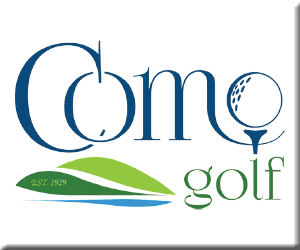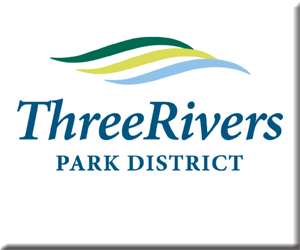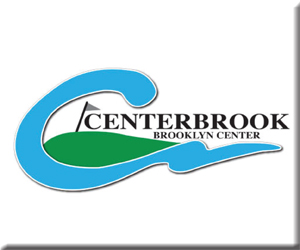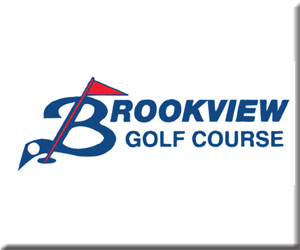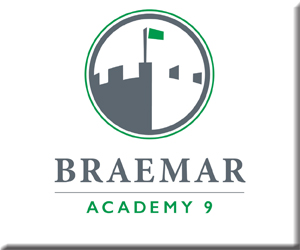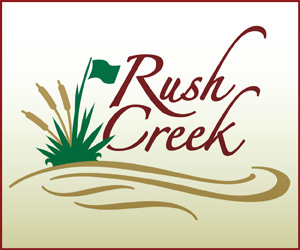Craig Waryan, PGA Master Professional, On How To Prepare to Play Your Best Golf
By Craig Waryan
The end of the year is perfect time to reflect on the past years golf performance. To understand where you came from, where you are presently and where you would like to go in the upcoming season. Every area of the golf game needs work. Aimlessly beating balls may not be the answer. Working on walking through the golf swing slowly and purposely will produce better and long lasting changes that need to be made. I would encourage players to get in contact with their PGA Professionals to help with the swing evaluation.
I have been working in the area of golf technique training for the past thirty plus years, coaching individual players to over thirty state and national championships. The most important thing that I have learned in coaching over the years is to separate technique training from target training. An indoor training program is designed for technique training and mental focus training for the full swing that will withhold the pressures of tournament golf at the highest levels.
Technique training enables the golfer to make a full-swing change and yet does not have the distraction of having to hit at a target. The student’s concentration can be strictly focused on the change rather that the result.
The instructor and “swing-feel” feedback provide the confidence needed to produce a positive swing change. The student and instructor must agree that a swing change is necessary. When a change is executed correctly during an outside session and the ball does not travel as planned, the student can be confused by good-swing bad-shot feedback! The swing-technique drills will allow the student to make mistakes and corrections prior to practicing ball-striking on the golf range. Instead, the student is repeatedly guided through the correct motions, until weeks or months later when they can execute the drills perfectly.
The Individual Indoor-Training Method James Loehr, a noted athletic trainer, describes the athlete’s mental performance by which he/she may be measured as being in an ideal performance state. This mental state can be reconstructed to obtain the optimum mental condition for maximum performance. In Mental Toughness Training for Sports: Achieving Athletic Excellence, Loehr describes the “Ideal Performance State” in this way: “From the analysis of several hundred reports of performing athletes, twelve distinct categories emerged, reflecting the ideal internal climate for performing optimally. Twelve aspects of the ideal climate are: physically relaxed, mentally calm, low anxiety, energized optimistic, enjoyment, effortless, automatic, alert, mentally focused, self-confident, and in control.” The Ideal Performance State is the path to the “comfort zone.”
The comfort zone is the scoring range in which the student feels he/she belongs. In order for a person to play at a higher level than his/her present comfort zone, we determine his/her present performance level and set their performance standards higher.
Physically relaxed can be attained by running, swimming, stretching, meditating. The method to becoming physically relaxed is not the issue; it is the ability to attain the condition prior to play and to maintain it during play.
Mentally calm prior to and during the play can be achieved by confidence brought about by preparation and by ascertaining the position of the game of golf in relation to life, world affairs, and family.
Anxiety is defined as a state of being apprehensive or worrisome. To arrive at a low-anxiety state a player may have to become familiar with surroundings and playing situations. Becoming familiar with these conditions can lower anxiety.
Energized is a state of readiness through healthy eating, exercise and rest and healthy anticipation of competition.
Being optimistic can be attained by reading inspirational books by successful people in order to understand success and to view minor setbacks as stepping stones to success. Vince Lombardi was quoted as saying, “the greatest success was not in never failing but rising every time you fell…”
Enjoyment is best summed up by the economic definition of the “law of diminishing returns,” which basically states that when one eats an ice cream cone, it tastes good, but if you eat a second one, it does not taste as good as the first, and so on. Of course, the amount of time spent working at the game of golf varies with the individual, but the point is, “burn out” should be avoided.
Effortless movement is defined by Moshe Feldenfrais: “Good bodily organization makes it possible to carry out most normal actions without any feeling of effort or strain.” Effortless movement is also helped by allowing the creative side of the brain to produce the shot rather than the analytical side dictating directions during the swing.
Automatic action is the method of approaching the shot with a pre-shot routine, which allows the flow from the analytical preparation to the creative or automatic swing. This allows the intuitive swing to happen rather than making cognitive swing adjustments.
Alertness is the ability to construct a positive plan when recalling a similar past situation. Recognizing a situation such as a buried lie in a bunker and reacting to it through past positive results is to understand the mechanical principles involved in proper shot execution.
Mental focus is described by Dan Millman, “One-pointed focus, more than brute strength, is what allows the Olympic champion weight lifter to lift more than ever before. The same quality of attention frees you, for the moment, from any thought of self-concept, criticism, or fear; thus, you’re also freed of shyness, timidity or inhibition” (Millman 1979, 56).
Self-confidence was described by Dr. Aryeh Nesher during a seminar titled “Negotiations and Interpersonal Skills.” In it he outlined five steps for self-development:
1. Analyze yourself: “Know thyself–the unexamined life is
not worth living” (Socrates).
2. Accept your limitations.
3. Respect your abilities.
4. Develop positive mental attitude.
5. Set your goals slightly above real capacity.
Control is simply having an active hand on your own destiny, which is attained by planning and executing available options.




